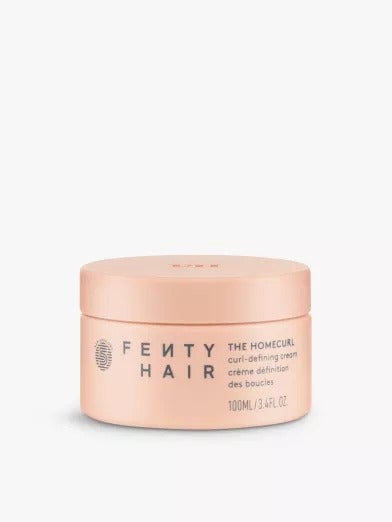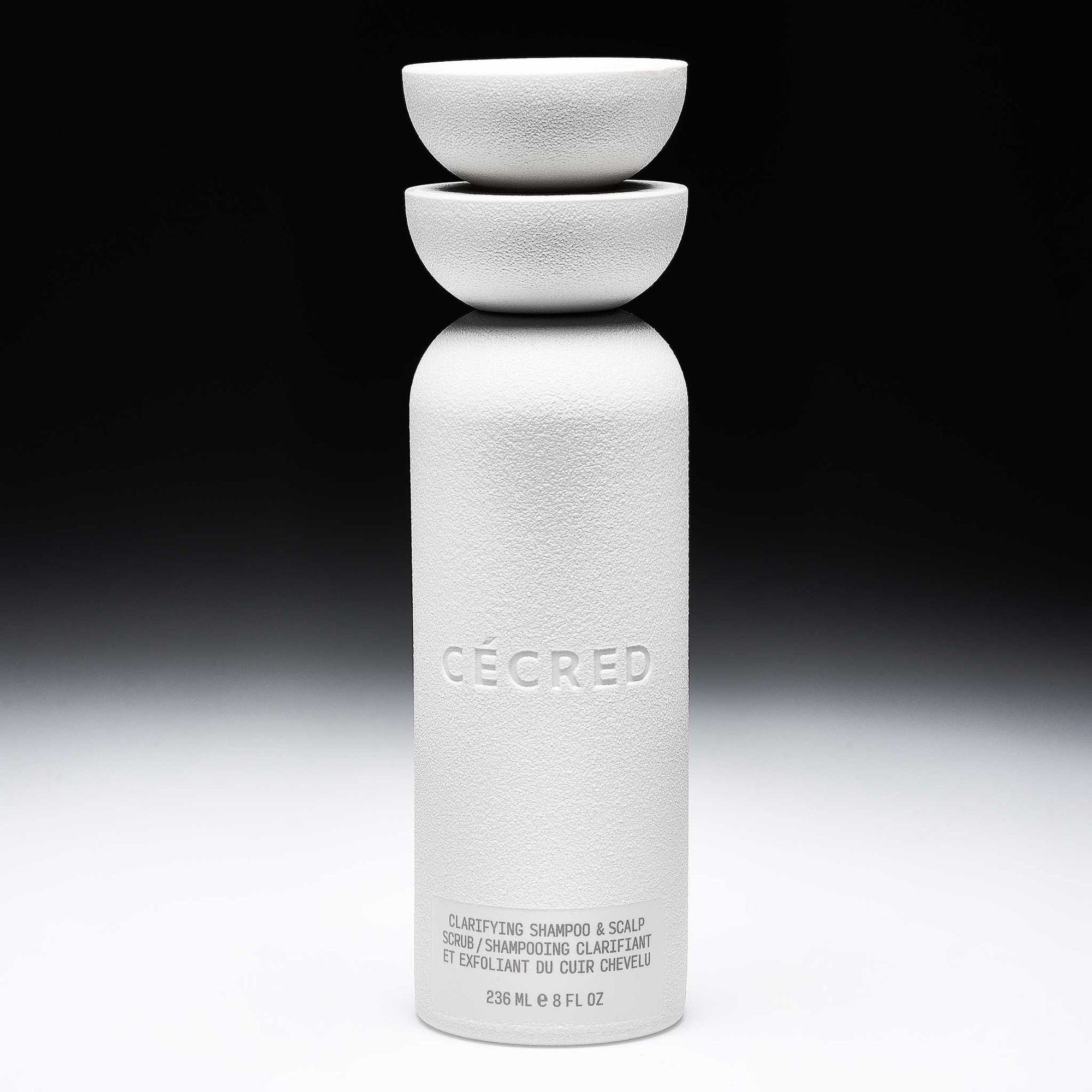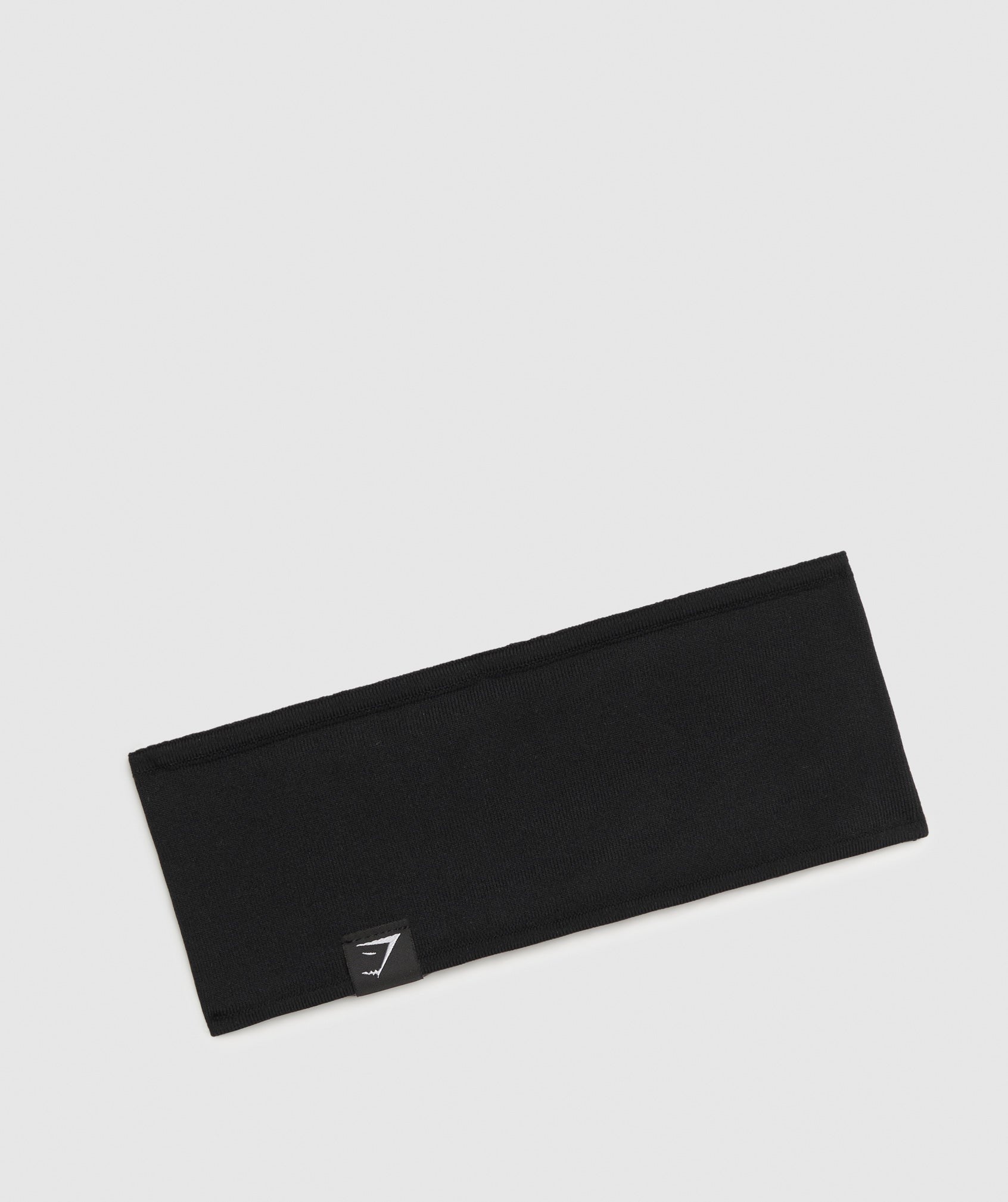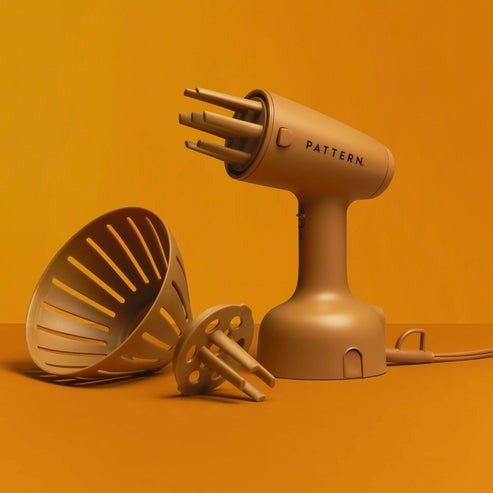4C Sew-Ins Are So Good, They’re Basically Undetectable
All linked products are independently selected by our editors. If you purchase any of these products, we may earn a commission.
Photo: Ruka and Ayomide Sama/@ayo_sama.
We’ve landed on the ‘4C sew-ins’ side of the TikTok algorithm, and we love it here. Many Black creators on the app have been sharing reviews and videos of them getting weaves in kinky, curly textures, giving their natural afros extra volume and density. As one creator said, “Convince me this isn't my hair!" While the 24-inch buss down days are far from over, the new alternatives of sew-ins — weaves that offer versatility and match the coiliest of hair textures — might just be exactly what you never realized you needed. It’s no secret that textured afro hair is notoriously difficult to blend with silky straight bundles, but that’s not the only solution for long, big, voluminous hair. 4C versatile sew-ins are finally getting the attention they truly deserve, and being praised for giving almost undetectable results without having to raw-dawg your precious coils.
AdvertisementADVERTISEMENT
This “new wave” of protective styling (and we say “new” loosely – it’s new for the afro hair corner of TikTok that is) is probably one of the easiest and arguably healthier ways to embrace your natural texture while enhancing what you have with hair extensions. It’s no wonder so many are turning to it. Coily hair (typically categorized as “type 4” on the 1a-4c hair scale) is drier and more brittle than other types by nature, so this style can be especially useful for the girlies who have been personally victimized by breakage and/or thinning that comes with constant manipulation. It’s also a great option for those who want a break from the “baddie aesthetic bundles”.
Here’s everything you need to know about the 4C versatile sew-ins.
What is a versatile sew-in & why are they recommended for type 4 hair textures?
“A versatile sew-in is a partial weave that leaves a slim ‘U’ of natural hair at the crown where the parting will sit and a narrow horseshoe around the perimeter,” explains Tendai Moyo, founder of RUKA Hair, a brand specializing in coily extensions. This leave-out allows for multiple styling options — middle or side parts, half-up/half-down, low ponytails, or messy buns — without exposing tracks. Unlike traditional sew-ins, which often have a single parting or rely on closures, or wigs that may shift, the versatile sew-in is sewn down for security and blends effortlessly with natural hair. “Compared to wigs, it’s more secure since it’s sewn down, but still gives you that freedom to play around with different styles,” adds Rashidat Giwa, hair educator and head stylist at SouthwestSix London hair salon.
AdvertisementADVERTISEMENT
Is the versatile sew-in ideal for 4C hair & hair loss?
For 4C hair, which can become lacklustre and worse for wear with constant manipulation and under harsh conditions such as tight box braiding, chemical straightening, and heat damage, the versatile sew-in is mega. “4C coils thrive when they’re moisturized, left alone, and protected from friction,” Moyo notes. By tucking away up to 90% of natural hair in cornrows, the style minimizes daily manipulation. The secret is in finding the right texture that matches your curl pattern so you don’t have to apply heat for the “perfect” blend.
This can also be beneficial for those dealing with breakage or hair loss. “50% of Black women experience hair loss in the UK, 10% more than the national average,” Moyo cites. For clients with traction alopecia or postpartum thinning, the versatile sew-in can keep tension off compromised areas while adding visual density; however, not in every case. “Honestly, it’s not always the first choice for people with [severe] breakage or hair loss – especially if the hairline or nape is fragile. It really depends on the health of your hair and the installation technique.” Giwa adds. Ultimately, avoiding putting extra strain on those vulnerable spots is always the best option in those sensitive case scenarios.
Despite this, SouthwestSix says that 4C versatile sew-ins are gaining a lot of momentum. “Clients love the freedom this style offers – being able to wear their hair up, switch up their part, and still maintain a natural look. Many have mentioned that it’s helped them grow their hair out while keeping their natural texture visible.”
AdvertisementADVERTISEMENT
@thekeanatracey this is your sign to try a curly versatile sew-in with leave out😩💕 . . no more heat damage or humidity problems! #curlysewinwithleaveout #curlysewin #versatilesewin #flipoversewin #curlysewin #fyp #foryou ♬ original sound - kirahominique
Can this style protect edges and hairlines?
Edge protection is the number one priority for the curly and coily hair tribe, and opting for a 4C sew-in is a good way to help preserve your precious hairline. “The first anchor braid starts ¼-inch behind the hairline, and the weft is stitched to that braid, never to the baby hairs themselves,” Moyo explains. This method avoids glue, elastic bands, or tight rubber-band sections common in other styles, while the leave-out acts as a “natural buffer,” preventing tracks from rubbing edges. The flat install also reduces the urge to slick down the hairline with gel daily, which is critical for retention. It’s a win-win.
Giwa emphasizes gentle techniques: “Loose braiding patterns are essential – nothing too tight. For fine or 4C hair, I always use lightweight bundles and avoid sewing too close to the edges.” When installed properly, this style is kinder to the hairline than box braids or glued lace wigs, which can strain fragile areas.
Photo: Ruka and Ayomide Sama/@ayo_sama.
What’s the best installation method?
Now, these sew-ins are only as good as their installation, as well as the person applying them to your head. For a healthy install, here are Moyo’s five golden rules:
- Low-density foundation: Use six to eight large cornrows to reduce tension.
- Bundles that match the density you require: Having “double-drawn bundles”, meaning almost all hairs are the same length and with fuller ends, provides volume with fewer wefts, reducing scalp weight. “You can achieve the same volume with two RUKA bundles as opposed to four standard bundles,” she says.
AdvertisementADVERTISEMENT
- Gentle anchor points: Use a curved C-needle and cotton-coated nylon thread, with two secure stitches per track.
- No-cut weft rule: Fold tracks at the nape and crown instead of cutting to prevent shedding.
- When in doubt, go to a professional: RukaPro is a certified stylist platform with 250+ pros across the UK, EU, and US who know how to install 4C sew-ins, so you don't have to spend hours scouring the internet for a beauty salon in your local area.
How to find the right extensions to match your hair texture
A perfect blend is key to a natural look. RUKA, for example, offers seven textures, from the tight “Fluff’N’Fro” for 4C hair to “Think Silk” for straighter styles. “All of our extensions are steam-set on rods that mimic the natural zig-zag, coils, and curls of textured hair,” Moyo says. The double-drawn bundles match root density after washing, behaving like natural hair when conditioned and defined.
Other brands offering natural textured hair for 4C and similar curl patterns include Heat Free Hair, which provides 100% virgin human hair in wefts and clip-ins that blend with 3B–4C textures, Gina Knight Wig Design which although specializes in afro-textured wigs, like the “Ororo Wig”, using raw Vietnamese hair to mimic 4C coils, offers bundles ideal for those seeking a natural look without heat styling. CurlsQueen also offers extension sets in a wide variety of kinky textures, designed specifically for Black natural hair.
What about aftercare & maintenance?
AdvertisementADVERTISEMENT
To keep the style protective, follow these tips:
— Cleanse weekly: Use a gentle shampoo to maintain scalp health. We recommend: Cecred Clarifying Shampoo & Scalp Scrub, $38, and Cecred Moisturizing Deep Conditioner, $38
— Steam, don’t heat: Refine curls with a handheld steamer or spray bottle and leave-in conditioner. Try the Pattern Beauty Hair Steamer, $169
— Wrap nightly: Use a silk scarf or bonnet for the perimeter and a loose braid or pineapple for lengths, but remove during the day to avoid tension.
— Limit wear: Cap the install at 4–6 weeks, followed by a two-week rest or reinstall.
— Wrap during exercise: We understand you want to look cute at the gym, but if you want to keep the style even for longer, maybe try a curl-proof sweat headband. Try the Gymshark Diffuse Single Layer Sweat Headband, $20
— Moisturize: Giwa advises washing and deep conditioning the leave-out weekly, sealing with a cream or butter to prevent dryness. Try the Fenty Hair The Homecurl Defining Cream, $29
shop 5 products
Photo: Ruka and Ayomide Sama/@ayo_sama.
Embrace those coils, don’t fight them
AdvertisementADVERTISEMENT
It’s no secret that many Black women have, both intentionally and unintentionally, spent a lot of time in combat against their coils, trying to achieve a straighter look. However, regardless of whether we want to assimilate to Western beauty standards, accommodate lifestyle needs, or simply because we enjoy changing up our looks, it should never be by force. Our coils can be all the things: pretty, professional, and put-together, and having a way to celebrate it while easing maintenance has been a saving grace.
This is exactly what this versatile sew-in does: it allows us to get deep into the era of celebrating our natural textures openly and freely. “There’s a real shift in mindset right now,” Giwa shares. “More people are embracing their natural hair and learning how to manage and love it rather than trying to alter it to meet outdated standards. It’s less about conformity and more about ownership, pride, and softness.”
Moyo echoes this: “We’re prioritizing hair health and shifting away from damaging practices. This is about meeting our community where they are on their journey with their hair, celebrating all textures rather than disguising them.”
For Black women with 4C hair, the versatile sew-in isn’t just a style – it’s a way to honor our natural texture while nurturing hair health. If you haven’t yet, would you be down to try?
This article was originally published on Unbothered UK
AdvertisementADVERTISEMENT











